The world has a lot of dangers out there. And one risky thing that you might not have even known about is rocks in tires.
So, what dangers do rocks in tire tread pose? Well, a tire with small stone treads is not in excellent condition. It will have reduced traction and friction. This could easily cause accidents due to a lack of enough grip. In other events, these stones might even cause punctures.
This article will cover what causes rocks to get stuck in your tire tread, how to avoid them, and what to do if they get there anyway.
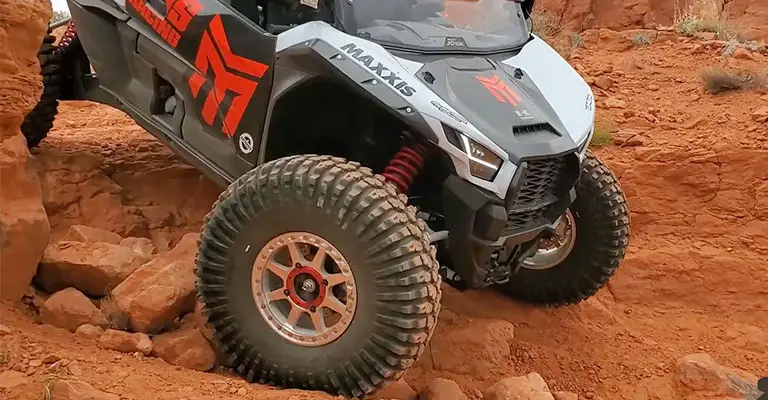
Rocks in Tire Treads? Here are the causes
So, why do you have rocks in your treads in the first place? Well, here are the causes:
1. Driving in rocky terrain
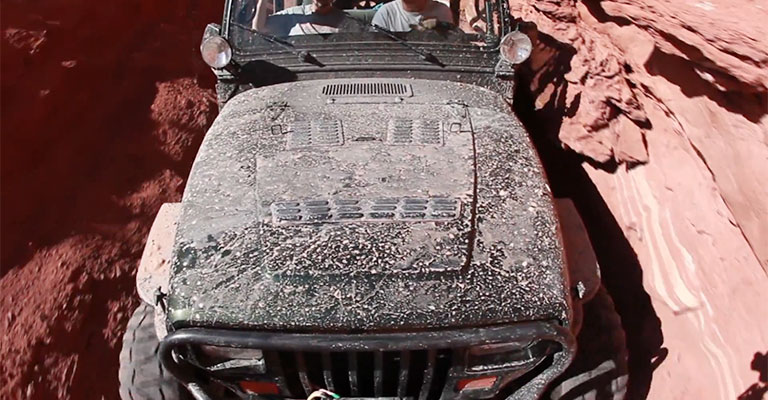
Driving in rocky terrain is a common cause of tire tread rocks, especially when driving on dirt roads and off-road trails. When you move in rocky terrain, your tires must deal with more abuse. The gaps in your tire treads will pick up small stones as you drive through.
2. Driving on rough roads or highways
Another cause of tire debris is driving on rough roads or highways where there are many cracks and holes in the pavement surface—which means tires will probably encounter rock fragments along their way home from work each day. And this debris might be stuck on your tire treads.
3. Driving over potholes or other uneven surfaces
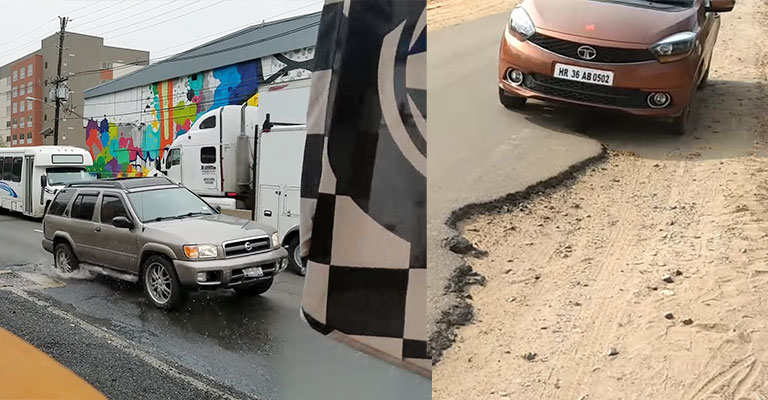
When a car drives on an area with loose gravel or other debris, it compacts the gravel into smaller rocks. This can repeatedly happen until many stones have accumulated on the potholes. When you drive through such an area, your tire treads pick up some rocks.
Possible problems of driving around with rocks in the tire tread
Here are the downsides of having stones in your tire treads:
1. Noise
Driving around with rocks in your tire tread is noisy. You have to move very slowly to avoid making too much noise. Your car will sound like it’s driving on a rough road while on a smooth highway.
2. Puncture
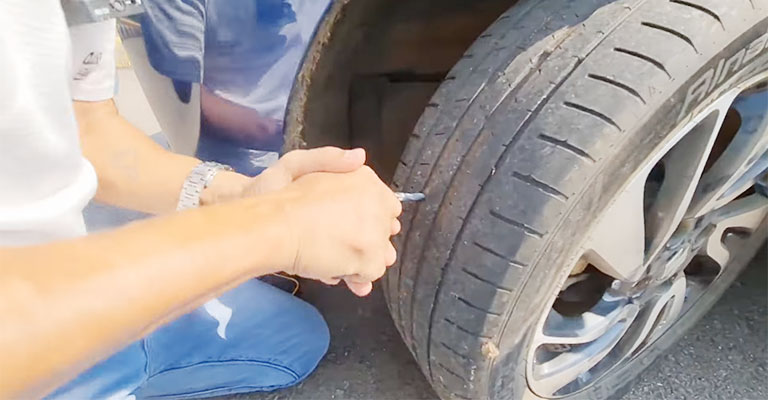
One of the main reasons people get punctures from driving with rocks in their tires is that they don’t realize how much pressure the rocks are putting on them.
If you have heavily loaded your vehicle, it will exert pressure on the car tires. This will push the tiny rocks inside the tire, causing punctures.
3. Less grip
Rocks in the tire tread can affect how much grip your tires have. When there is less rubber on the road surface, your tires take more force to keep them from slipping off into a hole or skidding out onto an embankment. This could lead to an accident and even loss of life.
4. Worn-out tires
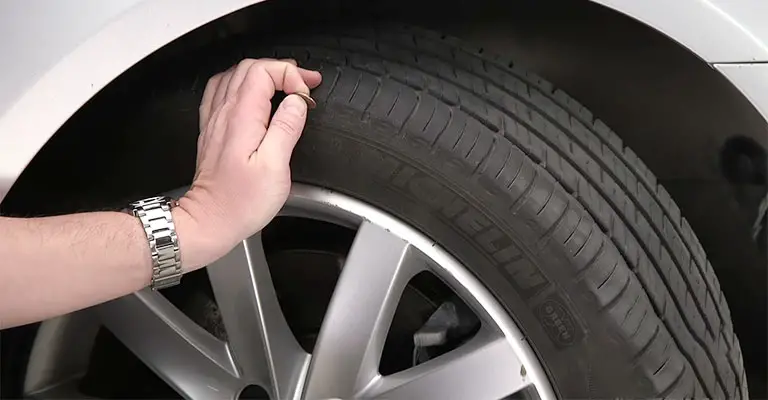
if any of these rocks are sharp enough to cut through the fabric of your tire tread. They could cause damage through puncture wounds or cuts into other parts of your vehicle’s bodywork.
How to avoid getting rocks in your tire treads
Here is how you can avoid getting rocks on your treads:
1. Drive on smooth, flat surfaces
Avoiding rock-strewn roads is straightforward: if you’re off-road or driving through a rocky area, drive where other vehicles have gone before. You can see this via car treads. Do not try to make your route—you’ll be more likely to end up in trouble.
If there’s another route with tarmac, try to use it over gravel roads.
2. Avoid potholes

Potholes have rocks, which are very dangerous to your tires. When driving, make sure you steer clear of potholes. If there is a pothole on the road ahead, slow down and approach it cautiously.
If you have carried a lot of weight in your car, we recommend avoiding potholes at all costs. They will cause punctures since your care will exert a lot of pressure on the small rocks in the pothole.
3. Have the correct tire pressure
To avoid getting rocks in your tire treads, ensure you have the correct tire pressure.
For off-road driving, you’ll want to use a tire with an air pressure of about 20 psi. This is low enough that the tire can easily handle the terrain and obstacles you encounter on your journey.
For high-speed highways, though, you’ll want to go with a slightly higher air pressure—about 35 psi. This will give your tires more grip on the road and help them maintain their shape while driving at high speeds.
4. Watch where you park

Don’t park in areas where rocks might lurk around—like along riverbeds or creeks. Park on smooth surfaces that do not have lots of rocks lying around.
What to do if your tire treads have rocks
If your tires have rocks, you can remove them with a few simple steps. Here’s what you need to do:
- Start by ensuring the tire is inflated to proper pressure (usually between 30 and 35 psi). If it’s not, inflate it to the correct level of PSI.
- Remove any loose objects blocking your way to removing the rocks. These include things like leaves, mud, and sticks. Any loose foreign objects on your tires should be out.
- Pry off each rock with your fingers or a screwdriver until they’re all out. You can also use your car keys to do so. If you are using bare hands, ensure you have gloves to prevent injuries.
- Once all the rocks are out, wash your tires to ensure no other stones have been left on your treads.
We recommend lifting your car with a jack and putting it in neutral gear. If you do not have a jack, remove all the rocks from the visible area of your tire. Once done, move it forward a little bit to finish off the rest of the tire.
Leave a Reply